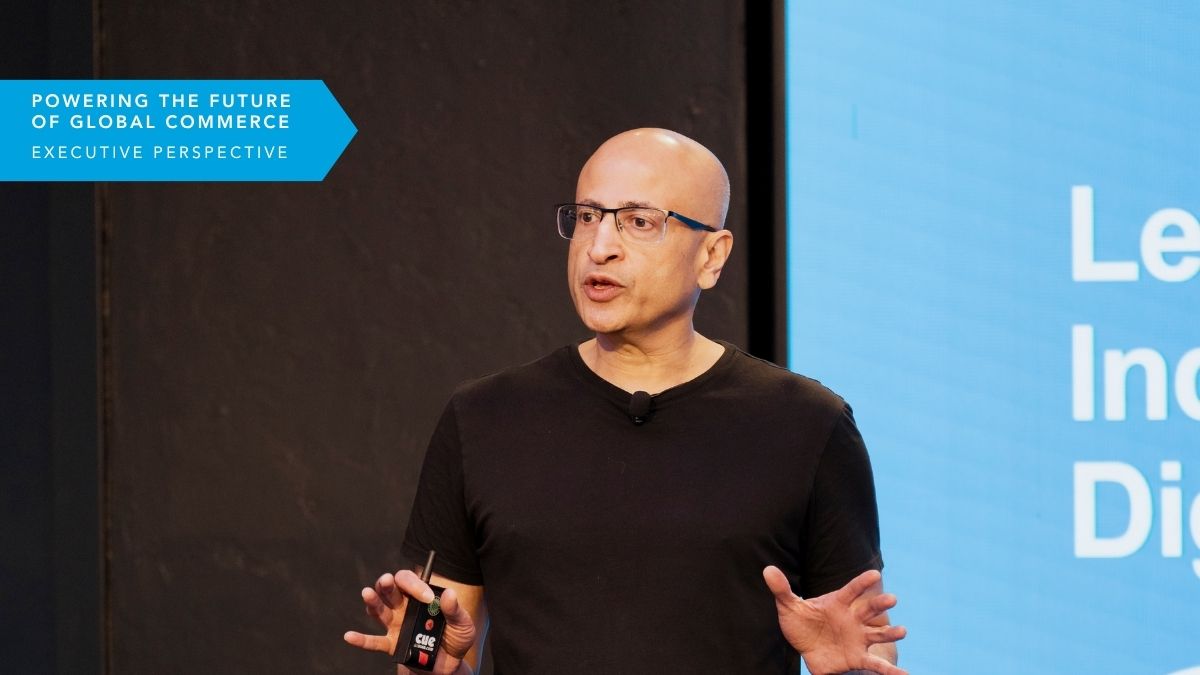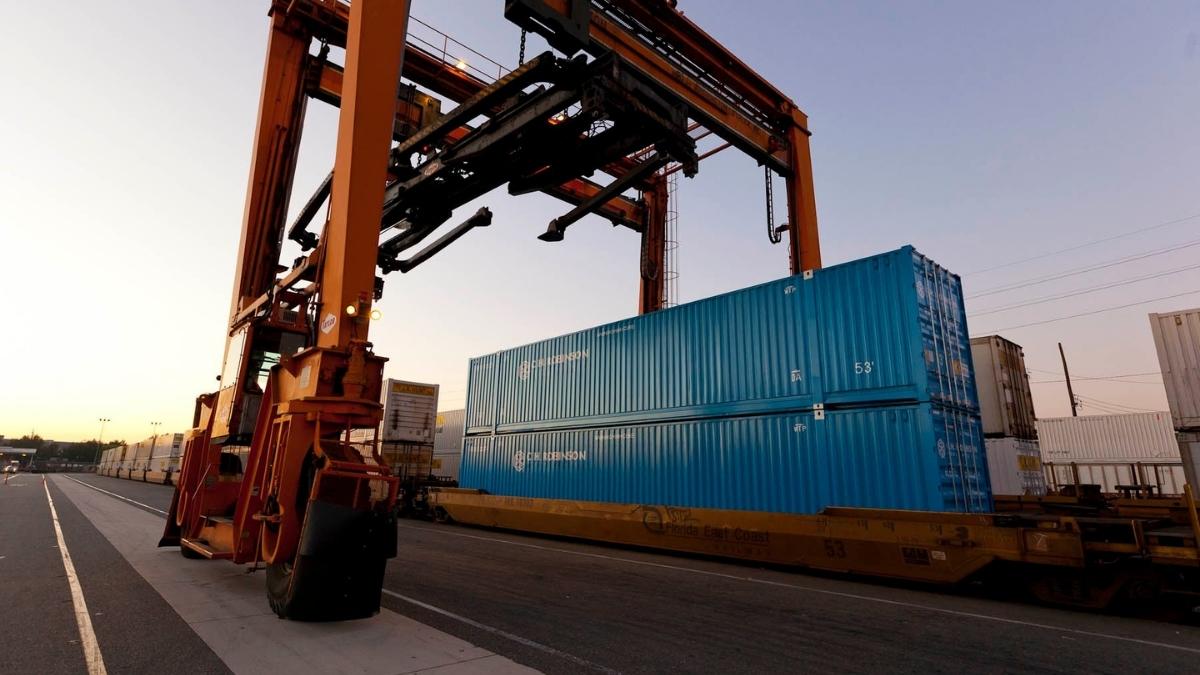
Reverse logistics is the process of moving goods from their final destination back through the supply chain for returns, repairs, recycling, repackaging, or disposal. While forward logistics focuses on delivering products to customers, reverse logistics manages the flow of products coming back—whether due to returns, end-of-life processing, or sustainability initiatives. It’s a critical function that helps businesses recover value, reduce waste, and meet customer and regulatory expectations.
Understanding Reverse Logistics Today
Today’s reverse logistics landscape is far more complex than simply handling returns. It encompasses a wide range of activities—recycling, repair, repackaging, and end-of-life processing—all of which require careful coordination and visibility. Unlike forward logistics, which is typically linear and demand-driven, reverse logistics is reactive and often unpredictable.
The rise of eCommerce has dramatically increased return volumes, while sustainability goals and global operations have added new layers of complexity. As a result, reverse logistics has evolved into a strategic pillar of supply chain management, demanding the same level of investment and innovation as outbound logistics.
Common Retail Reverse Logistics Challenges and How to Solve Them
Retailers face unique challenges in managing reverse logistics at scale. Seasonal surges, high return volumes, and customer expectations for fast refunds can strain even the most robust systems. Without the right infrastructure, these challenges can lead to increased costs, inventory inaccuracies, and customer dissatisfaction.
To address these issues, leading retailers are turning to centralized return hubs, automated return routing, and predictive analytics. These tools help streamline operations, reduce processing times, and improve visibility across the reverse supply chain. For a deeper dive into how to optimize these processes, explore our reverse logistics management solutions.
Why Reverse Logistics Is Essential to Supply Chain Success
A well-managed reverse logistics strategy delivers tangible business benefits. It reduces operational costs by minimizing unnecessary handling and storage. It enhances customer satisfaction through faster refunds and transparent return policies. It also supports compliance and sustainability goals by ensuring proper disposal and recycling of returned goods.
Moreover, reverse logistics plays a key role in risk mitigation and product recovery. By identifying patterns in returns—such as recurring product defects or packaging failures—companies can make data-driven improvements that reduce future risk. These outcomes are not just operational wins; they’re strategic advantages that contribute to long-term supply chain resilience. Learn more about supply chain risk management.
Real-World Reverse Logistics Examples Across Industries
Reverse logistics strategies vary widely by industry, but the core principles remain the same: recover value, reduce waste, and improve service.
In retail, common practices include return-to-store programs, drop-off hubs, and mail-in returns—all designed to make the process seamless for customers. Retail logistics solutions help manage these flows efficiently.
In electronics, returned devices are often refurbished and resold, reducing e-waste and recapturing value. Healthcare organizations must manage product recalls and expired materials with precision and compliance. In the automotive sector, remanufactured parts and core returns support both sustainability and cost-efficiency.
The Core of a Strong Reverse Logistics Strategy
Building a successful reverse logistics strategy starts with visibility and control. Centralized systems allow businesses to track returns in real time, ensuring transparency and accountability. Return logic—deciding whether an item should be restocked, repaired, recycled, or destroyed—is another critical component.
Clear return policies help manage customer expectations and reduce friction. Data-driven optimization enables companies to identify high-return SKUs, packaging failures, and other inefficiencies. And technology platforms like Navisphere provide the integration and automation needed to scale these efforts across the supply chain.
Retail Reverse Logistics: Managing at Scale
Retailers must be especially agile when it comes to reverse logistics. Peak seasons bring surges in returns, and customers increasingly expect fast, hassle-free refunds. Scalability is key—systems must be able to handle high volumes without compromising speed or accuracy.
Proactive forecasting, intelligent warehouse routing, and real-time inventory updates are essential tools for managing returns at scale. These capabilities not only improve efficiency but also enhance the customer experience, turning returns into a competitive differentiator.
When to Partner With a Reverse Logistics 3PL
For many companies, managing reverse logistics in-house is no longer feasible. That’s where third-party logistics (3PL) providers come in. A reverse logistics 3PL offers dedicated resources, advanced technology, and the scale needed to manage complex return flows.
Outsourcing reverse logistics allows businesses to focus on their core operations while benefiting from the expertise and infrastructure of a trusted partner. Learn more about third-party logistics (3PL) solutions and how C.H. Robinson supports customized 3PL reverse flows.
How to Build Your Reverse Logistics Roadmap
Creating a reverse logistics roadmap involves several key steps. First, define the types of returns your business handles. Then, develop clear return routing policies and integrate technology to enhance visibility and control. Monitor key performance indicators (KPIs) to track progress, and train teams to implement a continuous feedback loop for improvement.
This roadmap ensures that reverse logistics is not an afterthought but a fully integrated part of your supply chain strategy.
Reverse Logistics as a Competitive Advantage
Reverse logistics is no longer just a cost center—it’s a strategic asset. Companies that invest in robust reverse logistics systems gain operational efficiency, customer loyalty, and sustainability leadership.
Now is the time to evaluate your current reverse logistics system and explore how expert guidance can help you unlock its full potential. Speak with a Logistics Expert to get started.



